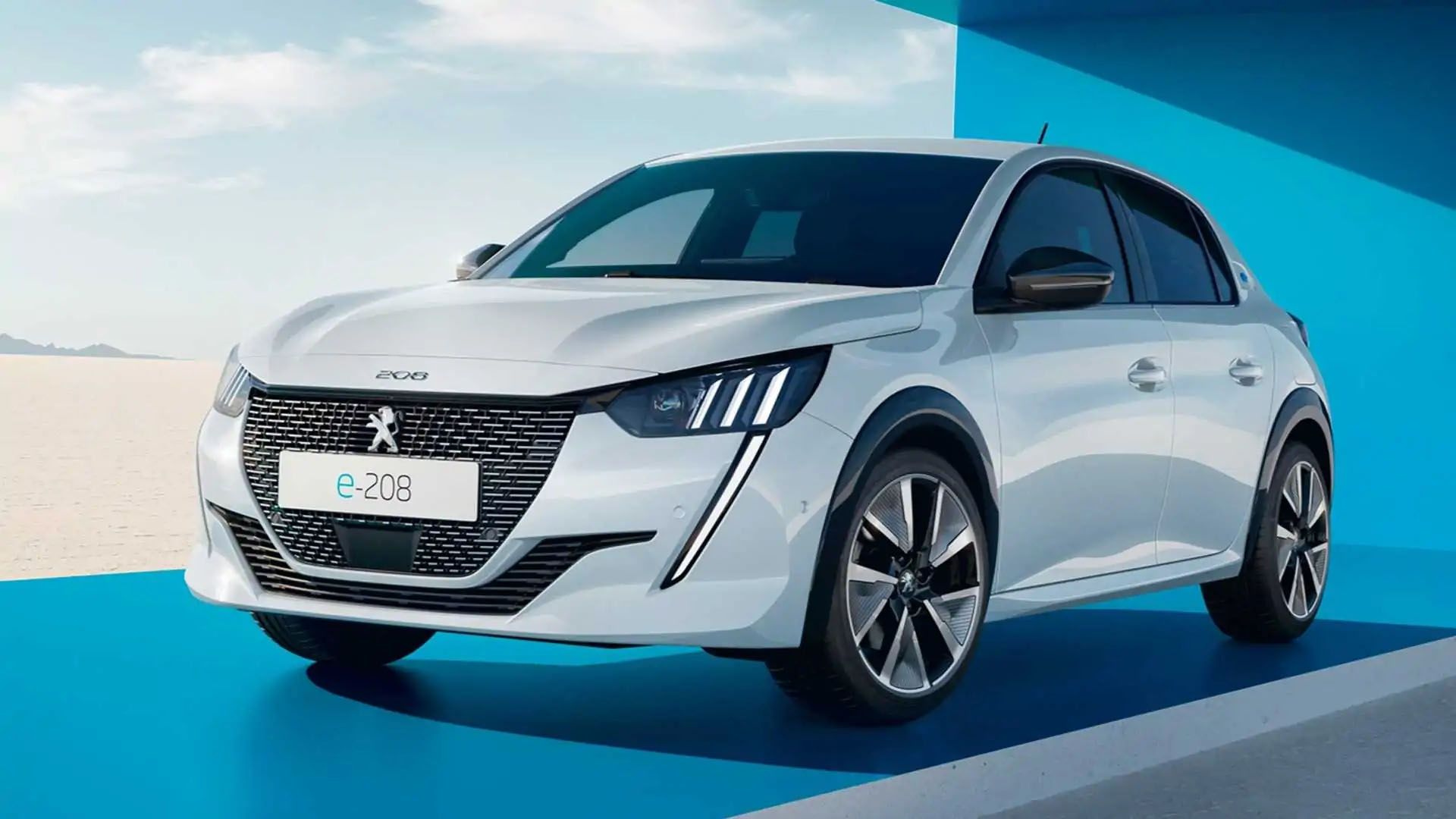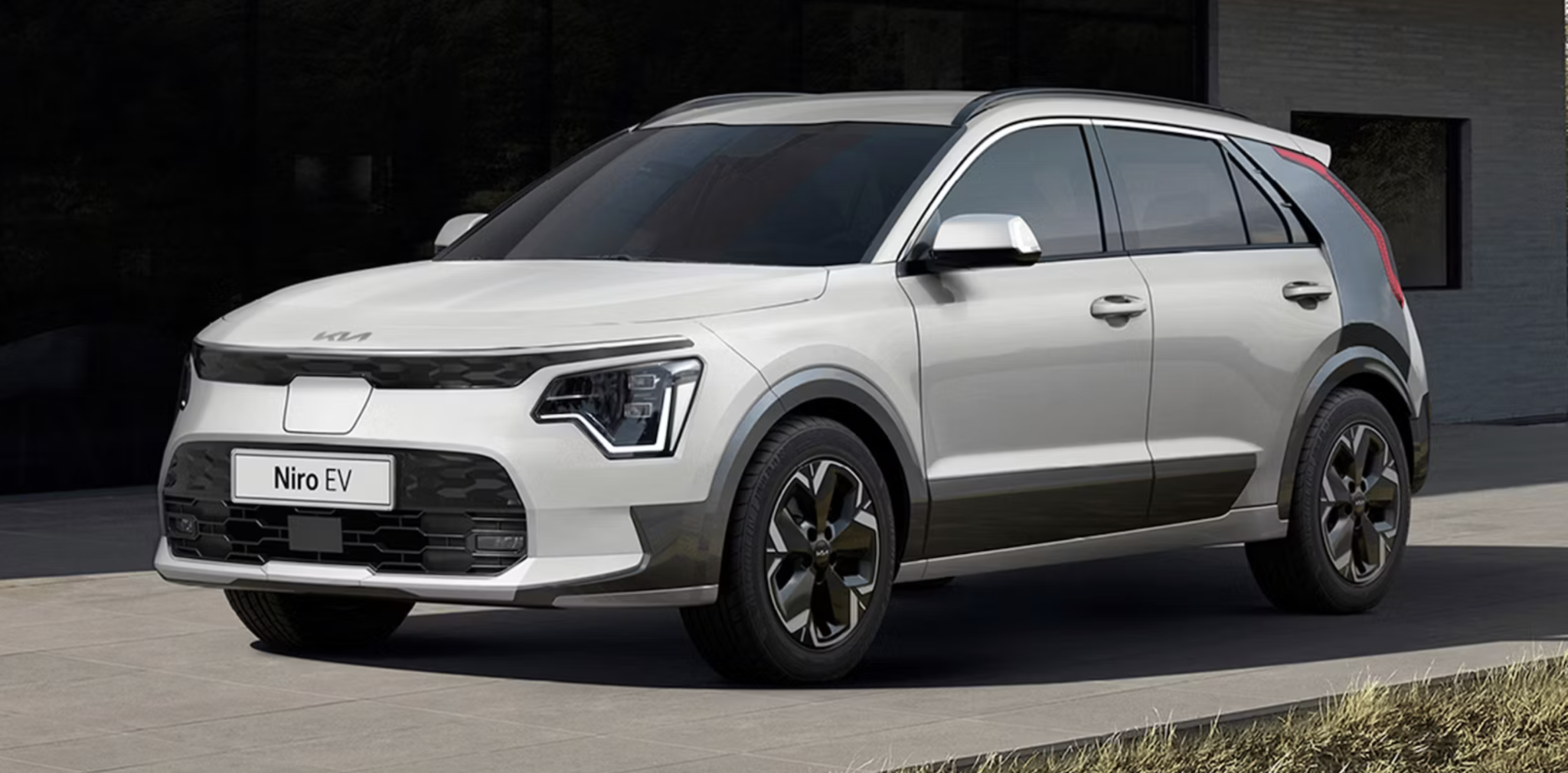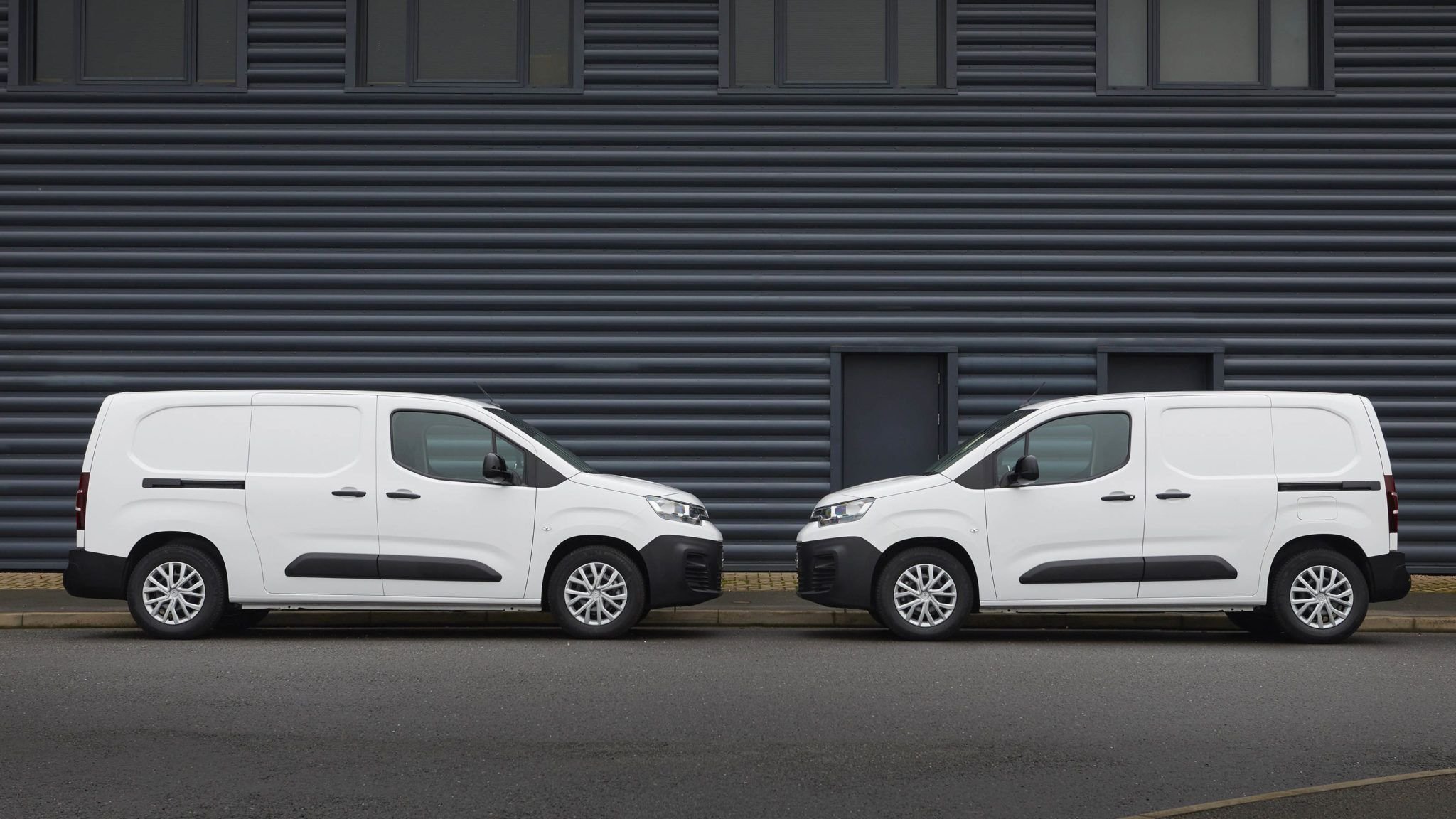BY BRIAN BYRNE
Many people still believe electric cars are something of a fad. Not fit for real world needs. That they carry environmental and social baggage related to extracting the materials for their batteries. That they are too expensive for the average family car buyer.
The reality? — electric cars are here to stay. Carmakers have already shifted most of their investment to them. With more useful battery distances, range anxiety is diminishing even though national charging networks remain flawed and fragmented. And in response to regulation and governments’ policies, environmental concerns are being addressed by the carmakers. Bluntly, shifting back to internal combustion engines (ICE) now would be as retrograde as would have been keeping the horse and carriage instead of moving on to motor cars.
There’s a poster example of where we’re heading. When Norway decided to embrace EVs in 2008, it took four years to sell the first 10,000 electric cars. Last year a similar number was sold in just four weeks. Four out of five cars sold there now are electric, and there are half a million EVs in use, a fifth of the national car parc (all registered vehicles within a defined geographic region).
Accepting that the switch is inevitable, is it the time, or practical, for you to do so? Answers to that are as many as there are individual buyers. Let’s look briefly at three scenarios:
1: THE SINGLE MOTORIST
The single motorist needs personal transport for daily local use, occasionally taking long trips. Typically this was the younger person who bought a petrol-powered supermini, maybe their first new car after a series of used ones in the early stages of their working life. Or perhaps a retired single person or couple no longer needing a larger car. There are EV options.
What’s available?
In small city cars, options are the VW e-Up, Fiat 500, Mini Electric, and Honda-e. Upsides: All are ideal for non-family urban use, range more than adequate. Charging at home will be cheaper than petrol. Downsides: Anything more than occasional long-distance travel will become a pain. They are expensive to buy compared to a petrol city car, and with typical urban mileage could take many years to recoup the difference through fuel costs.
 VW e-Up.
VW e-Up.
In superminis there’s the Peugeot e-208, Opel Corsa-e, and the Renault Zoe and others such as the Chinese MG4. Small SUV-type models that could tempt buyers here, needing a little more in looks and accommodation, include the Opel Mokka-e and the Peugeot e-2008. Upsides: More space. Range that is reasonable for occasional long distance runs, as long as you plan a public charging stop or two. Downsides: A significant price premium compared to the ICE versions, though if you plan an automatic version of the latter, it’s less of a gap.
 Peugeot e-208.
Peugeot e-208.
2: FAMILY MOTORING
Family motoring requires more accommodation, flexibility, and regularly a longer range. Typically parents with maybe a pre-teen and a teen or two, with all the ‘home-taxi’ runs required to get everyone to all their school, leisure and sports pursuits, and also parents to and from their work. Often, for good reasons, two cars in the family. Compact family hatches, compact crossover-SUVs, and large SUVs are all among the models mix here.
What’s available?
Starting with the compact family hatch or estate, maybe as an electric second car where there’s already an ICE model, options include Nissan’s current Leaf, Renault’s new Megane E-Tech, VW’s ID3, the Citroen e-C4, and Peugeot’s e-308 as well as the Chinese MG ZS. Upsides: Enough space for not-too-big family use. Range with the standard battery offering is quite useful. Higher mileage with family ‘bussing around’ means fuel-energy savings can be captured over a reasonable time. Downsides: A primary other car is likely necessary. A still significantly higher price compared to ICE equivalents needs to be considered carefully in balance with non-financial advantages.
 Renault Megane E-Tech.
Renault Megane E-Tech.
In the Compact Family Crossover-SUV space, electric model options include the latest Kia e-Niro and the new Hyundai Kona Electric. Beyond these we’re driving into premium areas with the likes of Volvo’s XC40 Recharge and offerings from BMW and Mercedes-Benz. Upsides: The two cars mentioned come with high levels of specification. Range and recharging speeds are adequate for most family needs. Usage will mean reasonable time cost recovery in fuel-energy savings. Downsides: A big jump in price compared to ICE variants.
 Kia e-Niro.
Kia e-Niro.
Looking at large SUVs and large hatchbacks, there’s greater choice for what could be considered the main family car. They include VW’s ID4, Nissan’s Ariya, the MG5, Hyundai’s top-selling Ioniq 5, Skoda’s Enyaq, Kia’s EV6, the Toyota bZ4X, Ford’s Mustang Mach-E and the Tesla Model Y. There are also premium options from Jaguar, BMW and Mercedes-Benz. Upsides: Full family-needs space, with good performance, range, and medium term fuel cost recovery. Downsides: Even in the non-premium brands, you’re laying out much more money than you used to for equivalent diesel SUVs.
Can you afford a second car if you need it?
3: COMMERCIAL DRIVING
What are the options for businesses that need to deliver goods and services across their customer base? Light crafts operations such as plumber or electrician, heavier needs such as construction supply, capacity logistics including deliveries fulfilment. Though an arguable prime case for EV adoption, with many options developed, this sector has been slow to grow, not least because of high initial costs involved.
What’s available?
A quick note on the only official car-derived-van in this space, the Renault Zoe Commercial. There’s no taxation advantage to the small business that might like to use it, but it’s a sweet and silent drive for anyone who needs to make very small deliveries around the city silently and emissions free.
 Renault Zoe Commercial.
Renault Zoe Commercial.
Many small electric vans are produced as rebadged joint ventures by different brands. Such as the Stellantis Group’s Citroen e-Berlingo, Peugeot e-Partner, Opel Combo-e and Toyota Proace City Electric. Along with Renault’s new generation Kangoo ZE they are the main offerings here so far. The Maxus Delivery 3 is also in the frame, and there will be an electric version of the Mercedes-Benz Citan. Upsides: All are tough and proven vans in their ICE versions. Operating an EV van in an urban situation is less stress on the driver and on the fuelling finances. Downsides: Range in most limits them to regular-schedule urban use. The purchase cost difference with ICE versions seems very high.
 Citroen e-Berlingo.
Citroen e-Berlingo.
There’s a similar joint venture situation with medium vans, so we have together the Citroen e-Dispatch, Peugeot e-Expert, Opel Vivaro Electric, Toyota Proace and Fiat e-Scudo, in alongside the Mercedes-Benz eVito and the new VW ID Buzz Cargo. Upsides: All very solid equipment, proven in the unforgiving commercials space. Downsides: Cost against ICE equivalents requires careful thought.
 Mercedes-Benz eVito.
Mercedes-Benz eVito.
In the large vans segment, the competition is so far Ford’s E-Transit vying with Renault’s Master ZE, and the Mercedes-Benz eSprinter — the electric version of VW’s Crafter has yet to appear here. Upsides: The overall size of the vehicles allows space to offer decent batteries, and therefore an adequate urban range with full loads. Downsides: The same big batteries are expensive, making the vans the same.
All of the foregoing is just an outline of options in the selected electric car scenarios, a general look at the state of play and where we’re heading with EVs. Because of the very broad nature of what is a transition point in this arena, it can’t be prescriptive. But if it sets you thinking, you too are on the way.
See-sawing prices cut EV advantage
THE operating savings of using an electric car have all but been wiped out over the last year.
That’s because the pump prices of petrol and diesel have dropped back almost to pre-Ukraine war levels, while domestic and public charge electricity costs remain at their highest level ever.
At current prices, travelling 100km in a typical petrol-powered supermini will cost €8.74. A diesel-powered version will do the same distance for €6.30. With ESB eCars charging stations now costing 68c per kWh, travelling 100km in an electric version of the same supermini will cost €10.40 if you depend on public chargers, and €7.82 if you charge at home on a standard domestic electricity rate. The same journey in an equivalent petrol hybrid will cost €6.20.
There are savings to be made charging your e-car at home on night-saving rates, which vary according to the plan you have with a provider. But the bottom line is, at current prices of fuel and electricity, the best annual savings to be made running our typical supermini for 15,000km annually rest with the petrol hybrid, saving around €405 a year compared to a base petrol version. A diesel equivalent will save €367 a year, while an electric version’s savings have dwindled to €139 a year for home charging, and actually will cost substantially more to run if you use public charging only.
Tally those against the extra cost of buying a diesel (€5,485 against the base petrol, but €2,400 if you compare it to a similarly specified 100hp petrol version), €7,200 extra for the electric variant (or €6,805 ditto), and €4,510 for the hybrid, and there’s a long time waiting to recoup that money.
Hard to be a winner.









